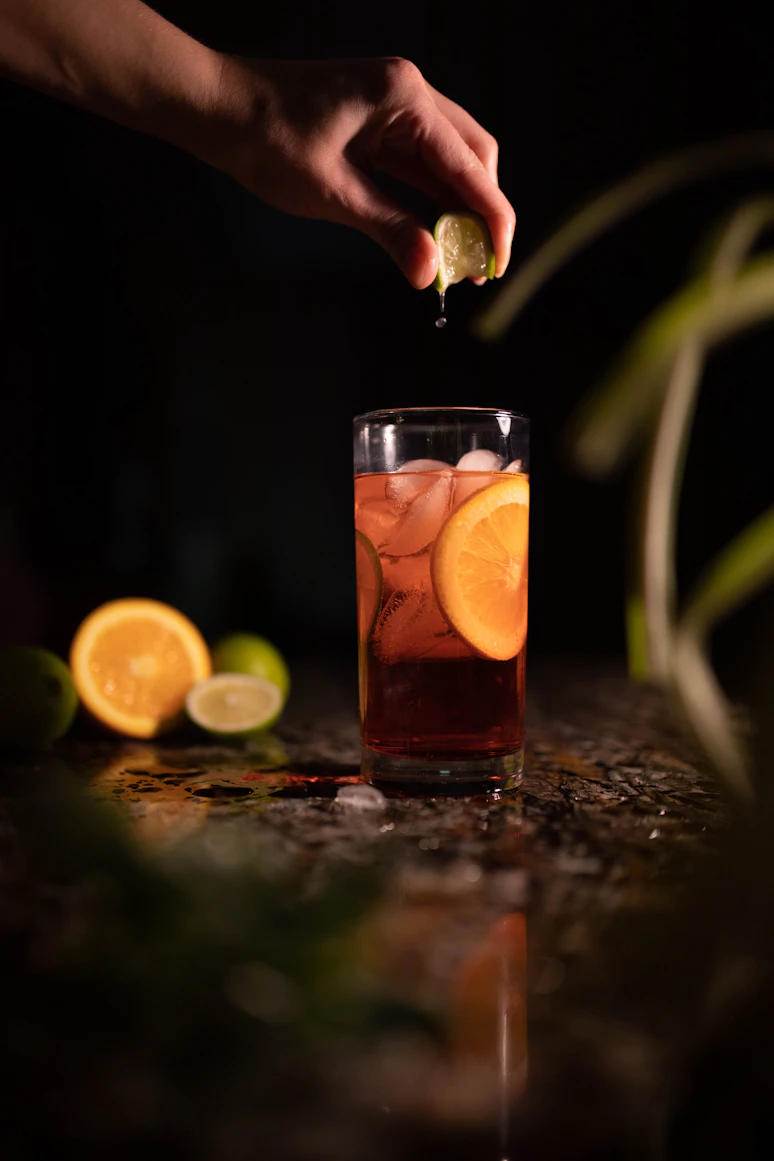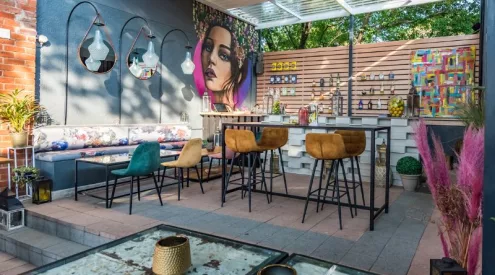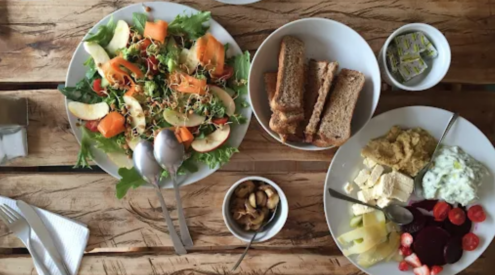If you visit a coastal village, you’re probably hoping to find some seafood cuisine. Maybe you’re even hoping to get some kreef (crayfish) from a local fisherman? Well, read on. There are a few important things you need to know about seafood, which we discovered while in the West Coast town of Paternoster.
What you need to know
In season you’ll be able to get a permit and dive for crayfish. This is great if you’re the adventurous type, but easier still would be to purchase from a local fisherman. They roam the streets regularly selling them from between R20 and R50 each. But here’s the catch – many of these fisherman have been excluded from the government’s permit process (which, as far as we could ascertain, allows for around 2000 subsistence permits only). This means they’re probably fishing off a recreational licence, making it illegal to buy from them. If they have commercial fishing rights, then it’s fine. And if they do have a subsistence licence, then you need to ask them for a copy before purchasing to ensure they’re not already over their quota. Though, asking a fisherman to produce this may not endear you to him.
This isn’t something many people know (we didn’t until recently), but it’s important. While one could argue the permit system leaves a lot to be desired, the permits and quotas are there for a reason – to ensure that kreef populations remain stable and sustainable. However, this creates a bit of a dilemma when you look at it from a social perspective because these fishermen are just trying to eke out a living.
The same goes for the local fish – the harder, the hottentot, and the snoek. Snoek is great, it’s on the SASSI green list, but it’s generally only available in winter on the west coast. The harder and the hottentot – both staples to the Paternoster community, are sadly on the orange list. While this doesn’t mean you can’t buy them (again, from someone with at minimum a subsistence licence), you really should try to avoid them to protect their populations into the future. If we do this now, they may recover and we may be able to eat them guilt-free in the not-too-distant future.
May we say, it’s quite easy to get the idea that these fish are abundant because they’re all over the beachfront when the fishermen come in, and they’re pretty synonymous with coastal life in the area. This may make you forget to whip out your cell phone and SMS the SASSI hotline for info on the species. We made that very mistake and ended up feeling incredibly sinful the next day when we got the truth from our phones. We are writing this blog so that you don’t have to ensure the same experience.
To be a responsible tourist, safest bet would be to stick to your own recreational fishing and kreefing, or get your seafood at the local restaurants. But always check FishMS (see below) to ensure you’re eating a green classified species.
Get more online
If you want to find out whether a fish is sustainably caught or on the SASSI Red don’t-eat list, SMS its name to 079-499-8795. A reply should arrive before the waiter. For more information, go to www.msc.org or www.wwf.org.za/sassi
















